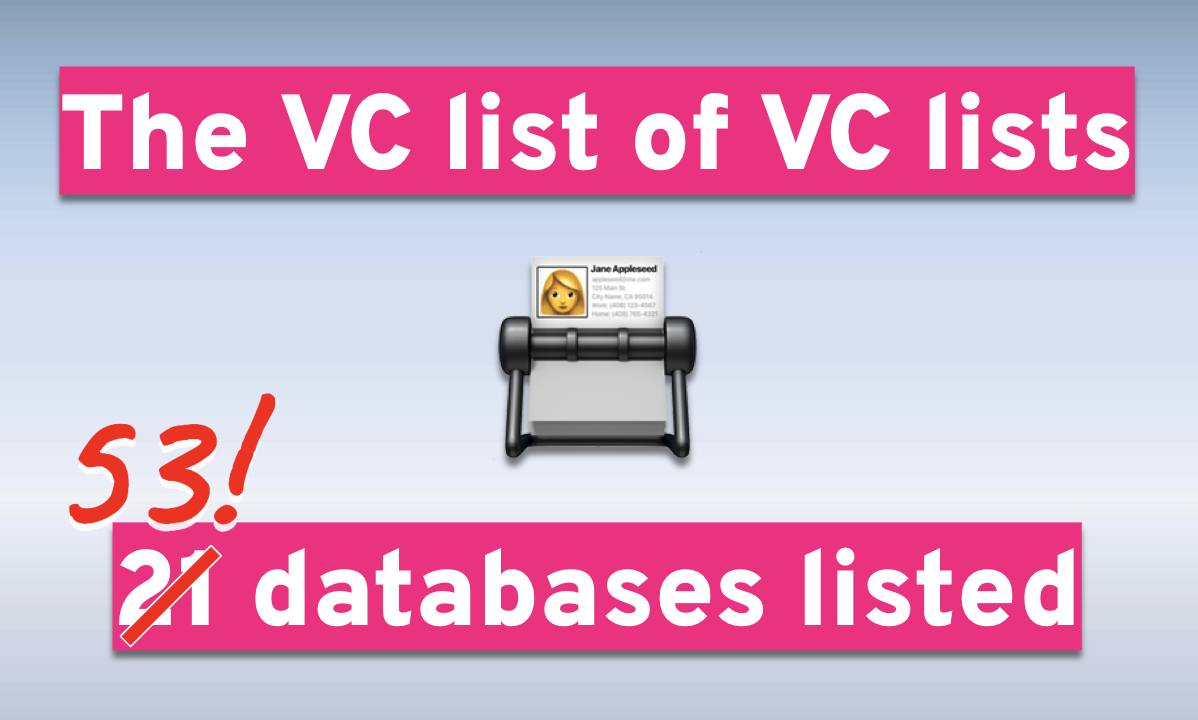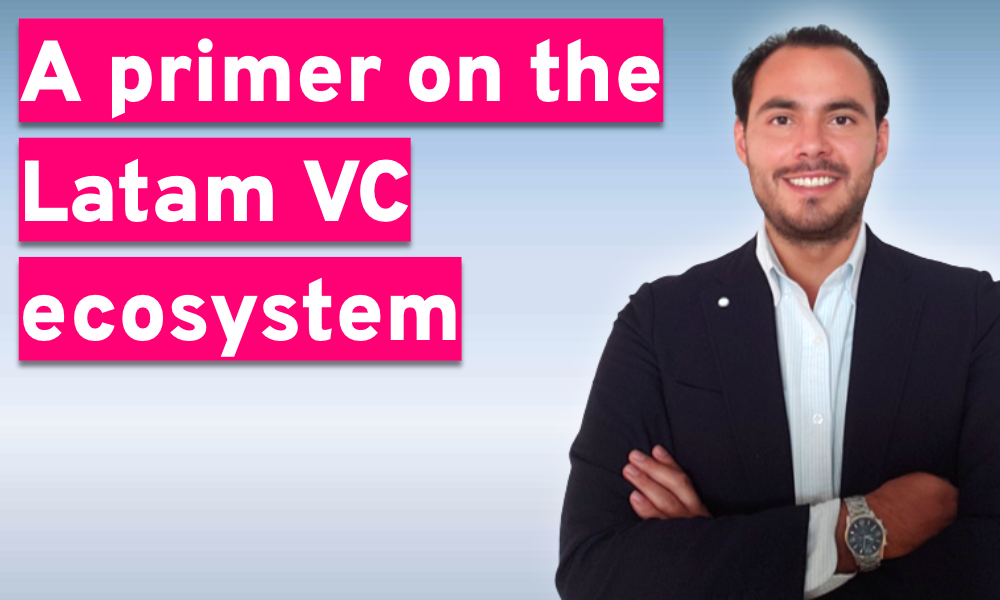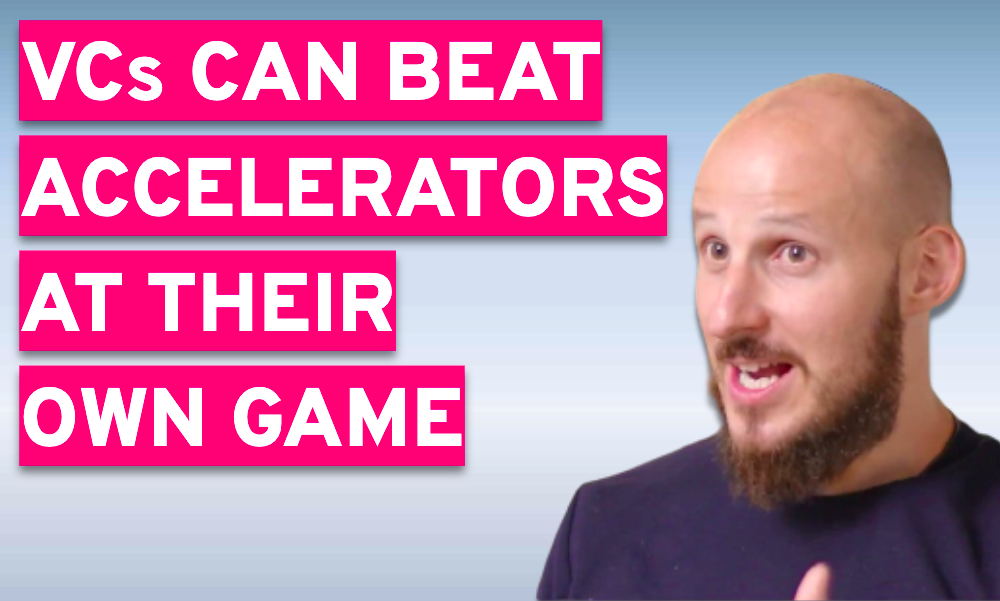There are no secrets anymore. VC success is all about (1) deal flow quality, (2) capacity to raise, (3) deploying capital efficiently, (4) actively managing the portfolio to mitigate risk, and (5) maximizing returns
With more funds in the market than ever, managers need to stay relevant and develop new models. Blockchain and Distributed Ledger Technology are coming to the forefront of the £10tn UK Asset Management industry. As the Investment Association rightly points out: “Utilizing digital ledgers would cut administration costs”.
With that in mind, let me introduce you to FAST, a plug-and-play tokenized investment vehicle for hands-on syndicates and accelerators.
Table of Contents
What is FAST?
A. FAST is short for Fungible Asset-backed Security Token.
B. FAST uses a Web3-native accelerator platform to tokenise an investment vehicle’s assets and make private equity investments more liquid and less risky.
C. Fungible Asset-backed Security Tokens allow you to raise, invest, and accelerate your portfolio with a greater secondary market access. With FAST, your network is incentivized to refer, select and accelerate startups - the primary driver of ROI and DPI for private equity investors. Part or whole of the investment vehicle is tokenized with FAST, founders and managers exchange cash and services for FAST tokens. FAST token holders hold an economic interest in the tokenized portfolio - it’s like a Limited Partnership Interest but it’s not and it’s digital.
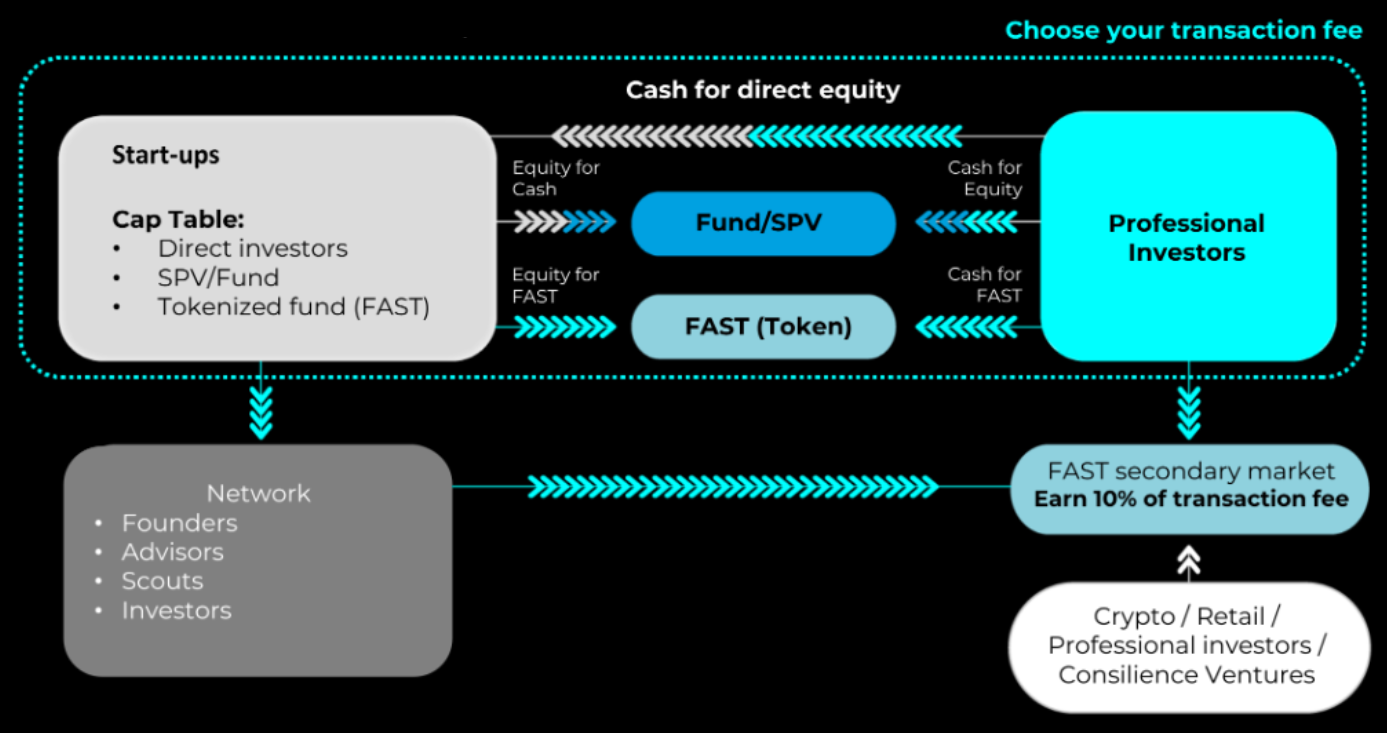
FAST is the cornerstone to the development of a stakeholder economy; securitisation of assets within a community aligns interests and enables members to benefit when they contribute to the creation of value.
Why FAST?
The concept of the Fungible Asset-backed Security Token was invented back in 2017 to create three opportunities at the intersection of technology and community in venture capital:
- To leverage technology to enable Agile Financing, where startups convert their shares into a digital asset, which allow them to:
- Access previously hard-to-reach experts
- Raise capital continuously, with more flexibility
- Protect themselves from being diluted too early, so they can focus on building a product and a business
- To give investors a more flexible investment vehicle that can unleash the power of their network without having to launch funds and/or SPVs.
- To compensate and align experts for the value they bring.
The creators of FAST - Kevin Monserrat, Pierre Martin, Rad Oudrhiri and Martin Cornish - put their concept into action by starting Consilience Ventures, one of the first fully tokenized investment vehicles on the blockchain. They quickly realized that the economics were substantially higher than traditional funds because they could invest time and deploy capital with more agility. Unlike traditional funds, Consilience Venture was able to:
- Issue tokens to startups for capital and services, burning unused tokens
- Work more closely with entrepreneurs throughout the entire lifecycle
- Reinvest in the best performing companies (like an evergreen fund) to maximise returns
Who is this for?
FAST can benefit every investment and creator community participating in equity, including:
- Venture studios to unlock services for equity.
- Incubators/accelerators to engage the network of advisors and enable investors to invest in the whole cohort with one single investment.
- Corporate accelerators and Corporate Venture Capital to align incentives within the firm while unleashing the power of their networks.
- Hands-on angel syndicates to remunerate the most active investors for their work and access early liquidity.
- VC funds with strong communities to leverage network effect, launch global scout programs and offer more liquidity options to their investors.
- Even professional services looking to earn a stake in their customers' successes.
FAST isn’t replacing traditional funds or SPVs. Instead, it’s a new kind of investment vehicle that bridges the two together. It’s designed around a hands-on community of entrepreneurs, rewarding operational people with something more than cash, with less risk than carry or equity.
FAST benefits for managers and LPs
Raise capital from a larger pool of investors
FAST is an instrument to raise capital from a larger pool of sophisticated and authorized investors. Because it also enables you to accept smaller cheques with no additional effort, there is no real incentive to raise bigger cheques anymore. FAST managers will be able to raise continuously instead of raising in cycles (Fund I, II, III etc.) or do both.
This is like enabling accelerators and VCs to launch their own crowdfunding campaigns from their curated network. By 2025, the crowdfunding market is predicted to grow by nearly $200 billion, with a compound annual growth rate of over 15%. It begs the question, how big could the market be if investors had the chance to invest in accelerators/VCs directly instead of in illiquid and risky startups?
Create strong long-term incentives
FAST allows you to reward more participants, to leverage network effects that generate better deal flow and outcomes. The best VCs know how to build and nurture their networks, which is why deal flow and network quality are so interconnected.
According to Deloitte’s research, VC firms are typically small (median of six employees and average of 14 in 2020). On the other hand, the world’s most famous VCs such as A16Z and Sequoia Capital have hundreds of employees and platforms to manage their curated networks. Some VCs including Kindred have put mechanisms in place to reward their founders, which suggests they have already recognized this issue.
With FAST, all curated communities participate in the success of the portfolio. Depending on the FAST manager’s strategy, some communities may have governing rights, while others may just be linked.
Turbocharge your performance
FAST allows due diligence to be completed faster and to win more deals.
In VC, speed and accuracy matter more than what people think. There is clear evidence that more time spent on due diligence correlates with better investment outcomes. However, to ensure they don’t miss out on the best deals in an increasingly competitive industry, VCs are forcing investors to speed up their analysis which is often very costly.
The FAST platform enables FAST managers to easily assemble dedicated due diligence teams of fully-aligned industry and domain experts. These teams can analyze a wide variety of deals, going through all technical, scientific, financial and legal aspects. Managers can choose to use their own due diligence processes or use Consilience’s due diligence framework. One of the key differences between traditional due diligence and the Consilience methodology is gap analysis. It helps FAST managers and their members to identify precisely the support that the founding team needs to succeed.
Add more value to your portfolio
FAST lets you add more value to your portfolio to reduce risk.
Carl Fritjofsson recently published an article: Do VCs add value? 4 years later, the answer remains: sometimes. Even exceptional founders only have 20% of the skills to build a successful business, which means they have an 80% gap likely to kill the business. As a result, founders are asking for more than money . What differentiates one VC from another is their network and industry knowledge. However, there aren’t any platforms to help founders fully leverage this network.
With the FAST platform, managers build and grow their curated communities of industry and domain experts to accelerate portfolio growth. Founders use FAST tokens to tap into this network. Anyone within the network is happy to earn tokens in exchange for their work or capital. As the start-up begins to scale, bringing in more investors and trading more tokens, the start-up’s value grows, and the value of the tokens grows with it, giving every expert ‘skin in the game’. You can find out more about the sweat equity model here .
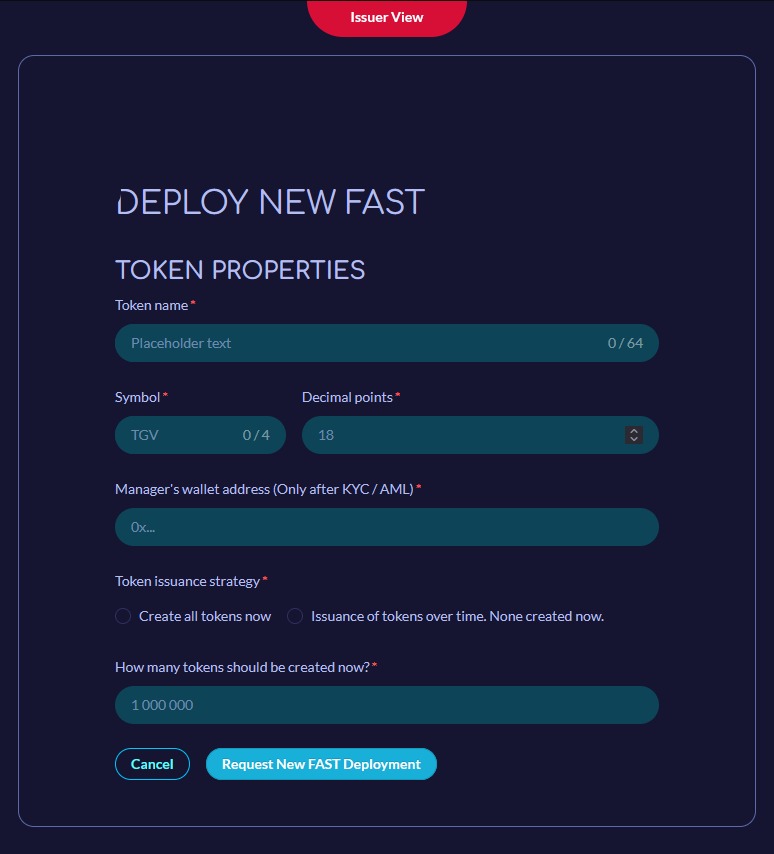
Earn more fee and “carry”(performance fee) without diluting your LPs
Compared to traditional VC funds, FAST should propel superior economics for managers and their investors. This is because managers can take the “GP-commit” equivalent in FAST tokens and use them to pay to run operations.
More importantly, FAST allows managers to leverage the VC’s curated network to invest professional services as well as money. For example, if investors commit $10m and as FAST members (including investors), they invest an additional $2m in professional or advisory services on top of the $10m, the FAST managers receive a performance fee “carry-equivalent” on the $12m deployed. FAST managers who decide to operate more like a Venture Studio will take 100% equity for services but should be able to sell FAST on a secondary market.
Better liquidity for investors and managers
Private equity secondary transactions comprise up to 2% of the total market capitalization. This leaves investors and fund managers with a very bad deal as they often lose 30% of the value at exit, or they have no ability to recycle the capital.
There are two illiquid options to invest in private equity;
- Direct investment (risky and illiquid for many years)
- Indirect investment (via an LP/GP fund structure or SPVs, which are expensive to run and illiquid for many years)
On the other hand, FAST can be bought and sold by members, enabling managers to find deeper liquidity.
It is obviously possible to list a VC fund on a stock exchange like Sequoia or Almeda Ventures but it’s a very expensive and cumbersome process that only very few funds can afford.
How do FAST members, investors and managers realize the FAST value?
There are three ways to realize value or cash with FAST
- Sell FAST to other approved investors
- Redeem FAST - FAST holders get cash in exchange for their FAST at an exit event
- Buy services from other professionals in the community
- Swap FAST with other FAST backed by different assets. For example, you could swap FAST A (backed by 10% equity in 10 start-ups) for FAST B (backed by 100% of a luxury car collection which you can use to rent the car too)
Faster time to market
FAST offers you a faster and more cost-effective time to market with a more flexible structure. FAST managers can launch a FAST much quicker than launching a traditional LP or GP fund. There are two types of costs in VC: the cost to launch and the cost to operate. Let’s look at these in turn.
Set up
The legal cost of setting up a fund can range anywhere from $10,000 to $100,000, depending on the size, complexity, degree of customization and the city where you will operate it. It will also easily take 3-6 months.
In terms of annual accounting fees, again it will depend on the size and complexity of your fund (including the number of LPs), but you are looking at a range of about $2,500 per year to as much as $15,000 per year for more complex funds. Expect shutting down your fund to cost roughly as much as starting it up. Even after closing your fund, there will still be one, or possibly two, trailing tax filings when you are done.
If your fund uses outside advisors to help source, evaluate and advise portfolio companies, that’s an extra expense. These advisors can be paid in a variety of ways, but most often are paid through a share of the GP carry and some cash from the annual management fees.
Operations
Operating expenses include some or all of the following items:
- Salaries and benefits for the GPs.
- Salaries and benefits for other employees (e.g. venture partners, analysts, office managers, CFO, etc.)
- Rent and operating expenses for an office.
- Marketing programs to raise the visibility of the fund to entrepreneurs, syndicate partners and LPs.
- Legal and accounting fees.
- Travel related to sourcing deals, board meetings and industry events.
- Annual meetings to keep your LPs informed and engaged.
- Software (e.g. portfolio management, CRM, accounting).
So, if you run a <$50m fund with a 2% management fee, you have $1m for 10 + 2 years which makes it a very unattractive place to be. While micro funds can often outperform larger funds, their economics are really bad for the managers, who can work for 10 years on building a portfolio, but can only be sure to receive 20% of something impossible to value. It makes the VC structure very questionable for funds below $100m.
Below, we compare $10M and $50M VC funds with FAST of the same size. Those funds/FASTs will either return 1.5X or 3X.
Please note: The payouts listed in the table are based on the compensation paid per GP/Manager over the full 10 years of the fund.
* Management Fee assumes 15% over a 10 year life cycle of fund
* Fund AUM assumes all funds except management fee invested
* FAST AUM assumes 30% 'Sweat Equity investment' & 30% of management fee taken in FAST
* Carry/Performance fee is taken at top level from all returns
Play with the tool to compare FAST vs Fund
Let’s take a closer look at these numbers. FAST and Fund management fee/carry are equal (2/20) and fees are taken at the top level from all returns. The FAST Manager takes 30% of the management fee in FAST tokens, as it anticipates you pay fund advisors and venture partners with FAST to align interests.
For success, the FAST Manager must have a strong network of operators, advisors and venture partners that can accept FAST token payment in sweat equity, representing a total value of 30% of the total AUM.
FAST AUM is higher than the fund because the vetted community of the FAST Manager (FAST Member) will be able to invest services for equity. This is currently very rare in VC, with the exception of Sweat Equity Ventures.
Additionally, there are three cost-saving areas:
- No fund administrator or auditors - as all transactions happen on blockchain and can be queried at any time.
- Out-of-the-box legal structure - as FAST comes with the legal investment vehicle and all legal documentation to launch and operate in compliance with your country’s regulator.
- A small full-time team - as the broader part-time team is paid with FAST tokens.
FAST limitations
Nothing is ever perfect. While FAST has multiple benefits for founders, experts and investors alike, it still has its limitations.
Regulation
FAST managers may or may not need to be regulated, depending on how the FAST is set up. Most investor groups comprise of individuals who are classified as ‘sophisticated investors’ or ‘high net worth individuals’. These knowledgeable “angel” investors tend to make their own investment decisions and, as such, the manager of the investment group does not give them investment advice. However, arguably the manager of the investment group could be carrying on the regulated activity of ‘arranging deals’, in which case they should be regulated. However, our FAST clients should seek their own legal advice.
Familiarity
Because FAST is an new concept, it may feel unfamiliar to some investors who are used to traditional vehicles. We hope that people will experiment to discover its advantages.
Costs vs SPV
Launching a FAST is significantly more expensive than launching an SPV (albeit less expensive than a VC fund). FAST is also closer to function of a fund as its function is not to regroup people in one deal while keeping the captable clean and charging management fees, its more to enable FAST managers to build a portfolio and add value. We believe it will prove its value when invested in a diversified portfolio of funds, real estates or startups.
Distribution
Distribution is also different. Today, managers must have a good brand and rolodex to speak to LPs and so the process of raising capital is nearly impossible as it’s limited to the people you know and less about your performance in the eyes of the market. That is changing as so many banks are currently working on integrating security tokens in their core banking systems and offerings - we can expect that bank will distribute VC products once they are less risky and more liquid.
Finally, it’s important to understand that while FAST is built on blockchain, it’s not a cryptocurrency (or an NFT). Because the tech is still relatively new, some people can be confused about the terminology, especially when crypto is often negatively portrayed in the media.
FAST tokens are not cryptocurrency as they are not public. They are private fungible tokens that give holders a tokenized entitlement to the performance of the portfolio they represent.
Find out more
As you can see, FAST brings a raft of benefits when compared to VC funds or SPVs. It works because it harnesses the power of your curated expert network working for sweat equity to grow your entire portfolio and give your more time to meet founders and LPs for your next fund. It’s also underpinned by blockchain technology, which allows for more efficiencies. That’s why we believe it’s the future of investment.
Want to learn more about how to launch your FAST in a few weeks? Contact us at [email protected]
OpenVC is the best way to access deals 🤝
Browse the top 1% of deals and interact directly with founders. Completely free.
About the author
Kevin Monserrat is a co-founder at Consilience Ventures, the startup market network where all members own a stake. Kevin can be reached at [email protected].
Disclaimer








